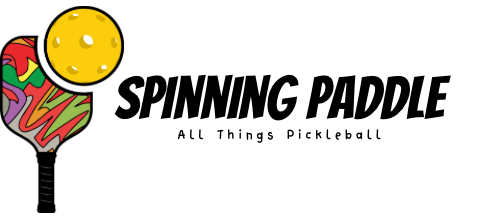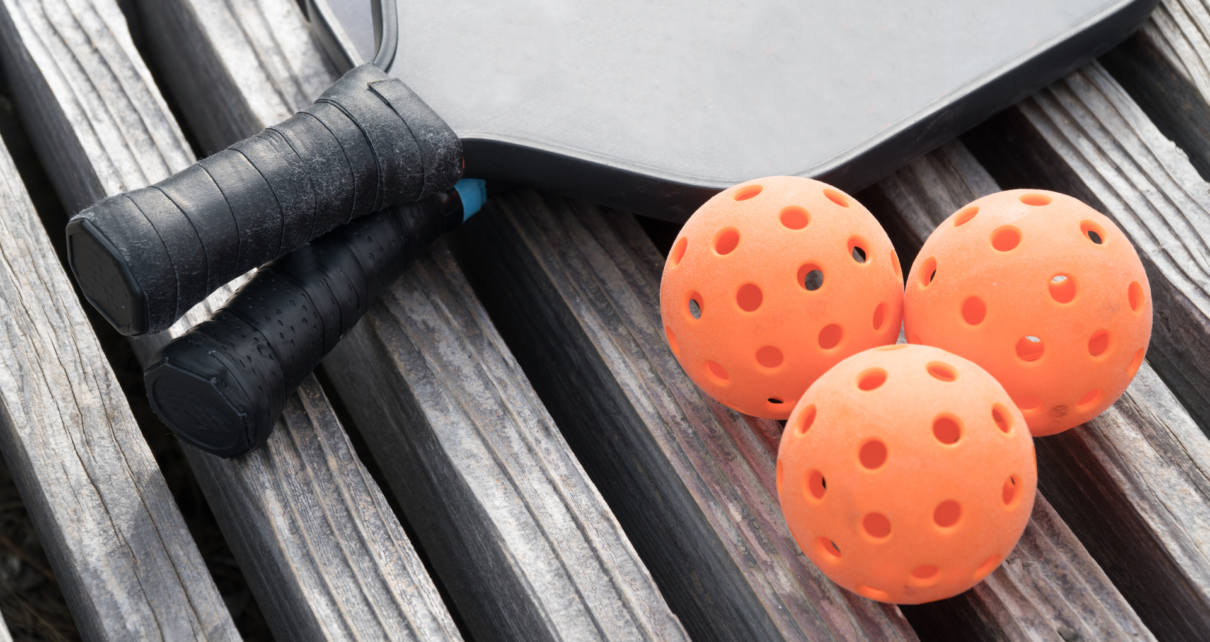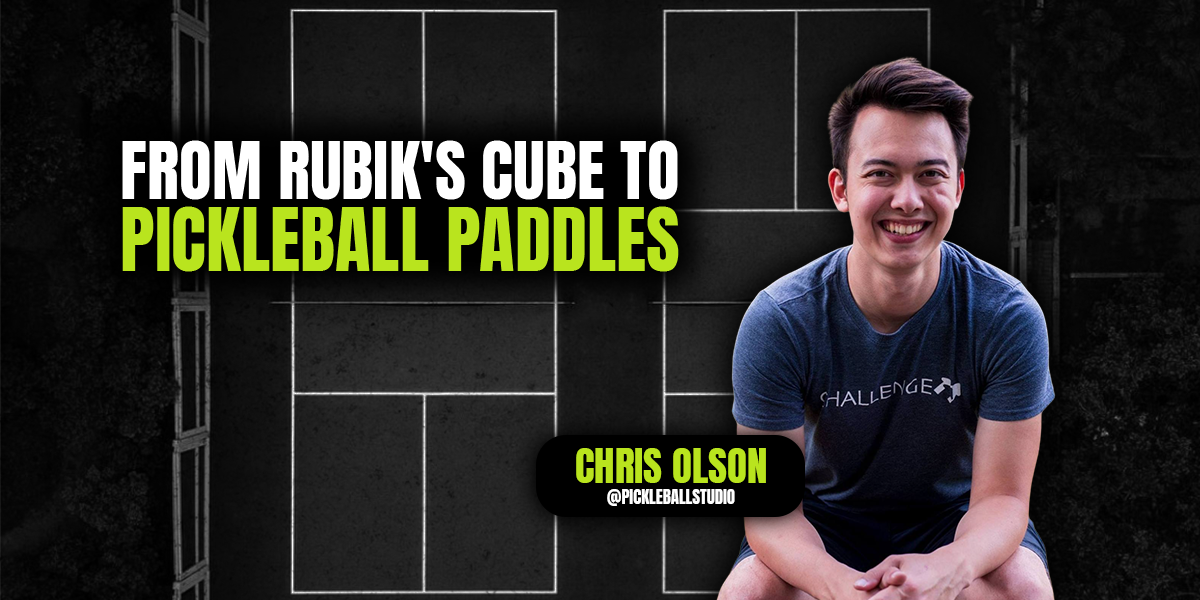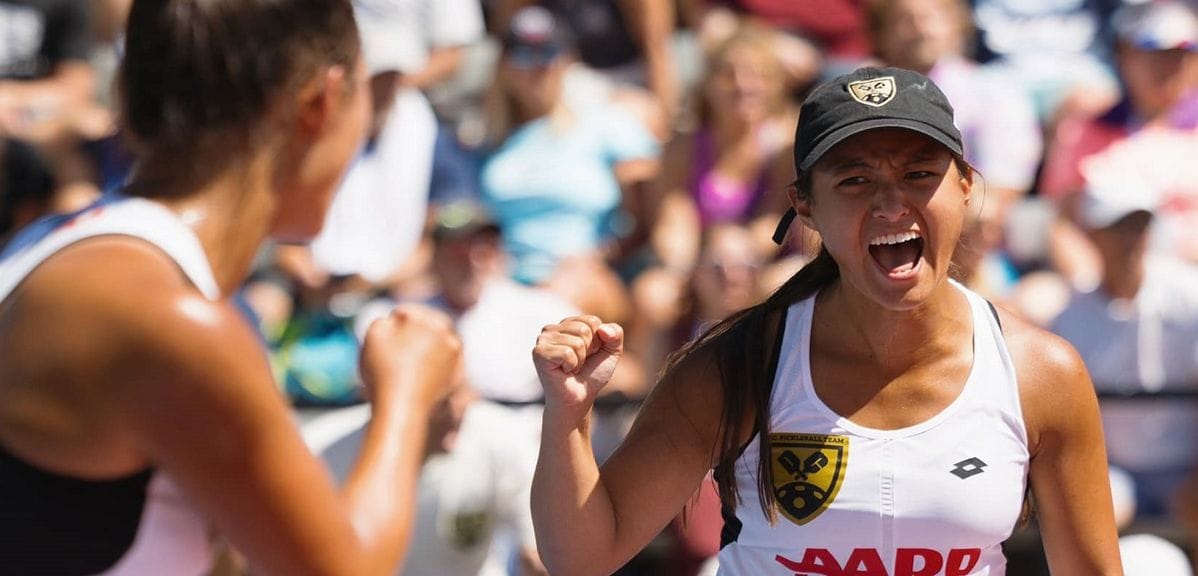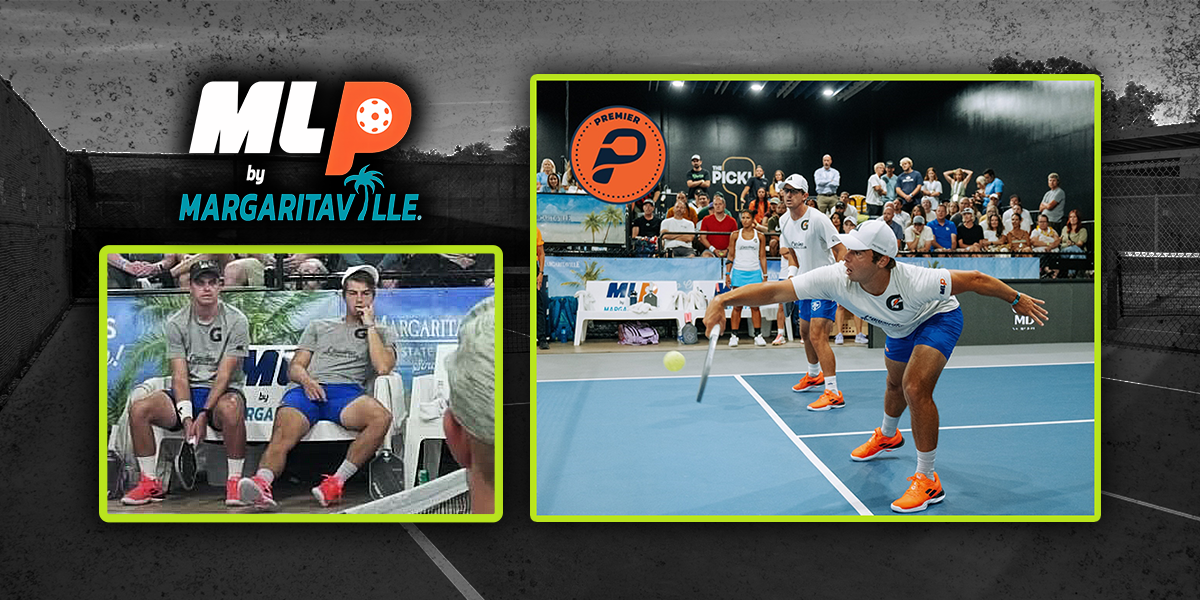As you become more experienced at pickleball, you may find yourself looking for ways to take your game to the next level. Whether you’re playing singles or doubles, there are many advanced strategies you can use to outmaneuver your opponents and win more points. In this blog post, we’ll take a look at 10 advanced pickleball strategies that experienced players can use to dominate the court.
- Advanced serving techniques: A strong serve is an important weapon in pickleball, as it can put your opponents on the defensive and give you an advantage in the rally. There are many advanced serving techniques you can use to throw off your opponents, such as the dink serve, the lob serve, and the sidearm serve. The dink serve is a low, slow serve that is hit with a lot of spin. It’s difficult for opponents to return and can be especially effective when served to the backhand side. The lob serve is a high, arcing serve that lands just behind the non-volley line. It’s a good option when your opponents are positioned at the back of the court and can be followed up with a volley or a put-away shot. The sidearm serve is a serve hit with a sidearm motion, similar to a baseball pitcher’s delivery. It can be tricky for opponents to read and can be hit with a lot of pace and spin.
- Shot placement strategies: In pickleball, the placement of your shots can be just as important as the type of shot you hit. By hitting your shots to the right areas of the court, you can put pressure on your opponents and force them to hit difficult shots. For example, you might aim for the corners of the court when your opponents are positioned at the back of the court, or you might aim for the middle of the court when they are at the non-volley line. You can also use shot placement to set up your next shot. For example, if you hit a deep shot to the back of the court, you can follow it up with a volley or a put-away shot.
- Strategies for playing doubles: Pickleball doubles can be a very different game from singles, as you have to coordinate with a partner and cover more of the court. There are several advanced strategies you can use to excel at doubles, such as the “I” formation, the “double-bounce” strategy, and the “switching sides” strategy. The “I” formation involves one player standing at the kitchen and the other player standing at the baseline. This allows the players to cover more of the court and can be effective when your opponents are hitting hard, deep shots. The “double-bounce” strategy involves hitting the ball twice on your side of the court before hitting it over to your opponents’ side. This can be a good way to slow down the pace of the game and tire out your opponents. The “switching sides” strategy involves one player starting at the kitchen and the other player starting at the baseline, and then switching positions after each shot. This can be a good way to confuse your opponents and keep them guessing.
- The “3rd shot drop” strategy: The 3rd shot drop is a soft, low shot that is hit with a downward angle towards the front of the court. It’s called a “3rd shot” because it’s usually hit after the first two shots of a rally have been played (either by you or your opponent). The goal of the 3rd shot drop is to catch your opponents off guard and to force them to move forward to the non-volley line (also known as the “kitchen”) to hit their next shot. To execute a 3rd shot drop, you’ll need to be in good position on the court, have a good grip on your paddle, have a balanced stance, and have a smooth, fluid swing. The 3rd shot drop can be an effective way to score points when your opponents are positioned at the back of the court, or to mix up the pace of play and keep them on their toes.
- The “dink” strategy: A “dink” shot is a low, soft shot that is hit with a lot of spin. It’s a good option when your opponents are positioned at the non-volley line or in the front of the court, as it’s difficult for them to hit an aggressive shot off of it. To hit a successful dink shot, you’ll need to have good hand-eye coordination and be able to impart a lot of spin on the ball. The dink shot can be hit with either a forehand or a backhand stroke.
- The “lob” strategy: A “lob” shot is a high, arcing shot that lands just behind the non-volley line. It’s a good option when your opponents are positioned at the back of the court, as it forces them to move forward and hit a difficult shot. To hit a successful lob, you’ll need to have good footwork and be able to generate a lot of power on your shot. The lob can be hit with either a forehand or a backhand stroke.
- The “drop shot” strategy: A “drop shot” is a soft shot that is hit with a lot of topspin and is designed to land just over the net and drop quickly towards the front of the court. It’s a good option when your opponents are positioned at the back of the court, as it forces them to come forward to the non-volley line to hit their next shot. To hit a successful drop shot, you’ll need to have good hand-eye coordination and be able to impart a lot of spin on the ball. The drop shot can be hit with either a forehand or a backhand stroke.
- The “put-away” shot strategy: A “put-away” shot is a shot that is hit aggressively with the intention of ending the rally and scoring a point. It’s a good option when you have your opponents on the defensive and are in a position to end the rally. To hit a successful put-away shot, you’ll need to generate a lot of power on your shot and aim for a weak spot in your opponents’ court coverage. The put-away shot can be hit with either a forehand or a backhand stroke.
- The “volley” strategy: A “volley” is a shot that is hit before the ball bounces on your side of the court. It’s a good option when you’re at the non-volley line and are in a position to end the rally. To hit a successful volley, you’ll need to have good hand-eye coordination, a quick reaction time, and good footwork. The volley can be hit with either a forehand or a backhand stroke.
- The “block” strategy: A “block” is a shot that is hit with minimal effort in an attempt to redirect the ball back to your opponents’ court. It’s a good option when you’re out of position and need to buy time to get back into position. To hit a successful block, you’ll need to have good hand-eye coordination, a quick reaction time, and a soft touch. The block can be hit with either a forehand or a backhand stroke.
In conclusion, there are many advanced pickleball strategies that experienced players can use to outmaneuver their opponents and win more points. Some of these strategies include advanced serving techniques, shot placement strategies, strategies for playing doubles, and various types of shots, such as the 3rd shot drop, the dink, the lob, the drop shot, the put-away shot, the volley, and the block. By mastering these strategies and integrating them into your game, you can become a more well-rounded pickleball player and improve your chances of winning points in a match.
